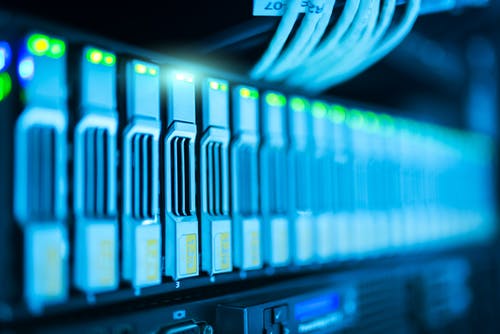Once again, you cannot avoid 5G promotions at CES. It has been building since CES 2018. Everyone from Samsung and Intel to cellular carriers and smartphone companies - needs to know how great 5G Internet is. Samsung called it "wireless fiber" and promised super-fast low latency everywhere. 5G today is considered faster than a simple home cable internet connection and its wireless as well.
 |
| What is 5G? |
What is 5G?
5G is the industry standard, as 3G supplements outperform the current 4G LTE standard as 3G. 5G is only for the "fifth generation" - this is the fifth generation of this standard.
This standard is designed to be much faster than the current 4G LTE technology. This is not just about speeding up the smartphone's internet connection. About fast wireless internet everywhere, from connected cars to Smart homes and Internet of Things (IoT) devices.
In the future, your smartphone and all other devices with cellular connectivity near you will use 5G instead of the 4G LTE technology they use today.
Related: 10 Business Benefits of Fiber Internet Connectivity
Related: 10 Business Benefits of Fiber Internet Connectivity
How fast can 5G be as compared to 4G?
Tech companies with 5G are very promising. 4G tops out at theoretical 100 megabytes (Mbps) per second, while 5G tops out at 10 Gbits per second (GPS). That means 5G is a hundred times faster than current 4G technology - at its theoretical maximum speed, anyway.
For example, at the Consumer Technology Association at this speed, you can download 5G in just 3.6 seconds, 4G in 6 minutes, and 2G in 2G in 3G.
This is not just throughput, as it promises to reduce 5G latency, which means faster load times and better response when doing anything on the Internet. In particular, today's specification promises a maximum latency of 4ms at 5G versus 20ms on 4G LTE.
At this speed, 5G's current home cable beats the Internet connection and is more than fiber. Landline Internet companies such as Comcast, Cox, and others face stiff competition - especially if they are the only option for fast home internet in a particular area. Wireless carriers can offer every home an option without the need for physical wiring.
How does 5G work?
5G affects a lot of technology in an attempt to achieve this high speed. Not just an invention to play. IEEE Spectrum Magazine does a good job of explaining most technical details in more depth, but here's a quick summary.
The new standard uses the newest radio spectrum band from 4G. 5G takes advantage of "millimeter waves," which transmit at a frequency between 30 and 300 GHz, with bands less than 6 GHz previously used. These were previously used only for communication between satellites and radar systems. But millimeter waves cannot be easily traversed by buildings or other concrete objects, so 5G also takes advantage of "small particles" - small micro-powered stations that can hold up to 250 meters in urban areas. These provide better coverage in such areas.
These base stations use "MIMO extensively". MIMO means "multi-input multi-output." You can also have a home wireless router with MIMO technology, meaning it has multiple antennas that can be used to talk to different wireless devices rather than switching between them. The massive MIMO uses dozens of antennas at a base station. They also have the benefit of creating a beam to better direct those signals, directing the wireless signal into the beam, and reducing interference to other devices.
5G base stations also run at full-duplex, meaning they can transmit and receive the same frequency. Today, they have to switch between communication and listening methods, slowing things down. This is a snapshot embedded with some technology to make 5G faster.
Related: Cable vs Streaming: Buy a cord or Bundle?
Related: Cable vs Streaming: Buy a cord or Bundle?
When it will be available?
Update for 2020: Verizon, AT&T, T-Mobile, and Sprint have begun releasing 5G in some parts of the USA. For example, T-Mobile has built a nationwide network, although it uses a lower-band spectrum which is not as fast as speed millimeter wave technology. AT&T has also released 5G in some cities. The network doesn't care much at this point, however, as most smartphones - including the latest iPhones - don't support 5G. We still advise against buying current 5G phones. Both network and phone hardware require more development time.
In the United States, Verizon will launch the non-standard version of 5G in the second half of 2018, which will be used for home internet access in five cities. Cell phones that support 5G can't connect, but it's a way for phones, anyway - to provide a fast home internet service.





0 Comments